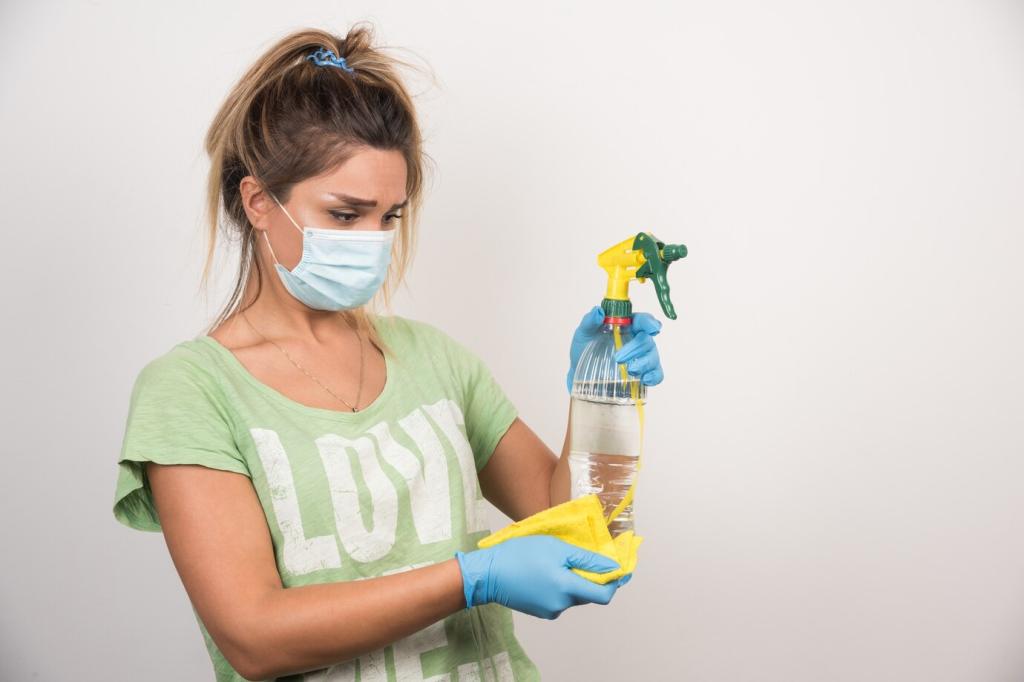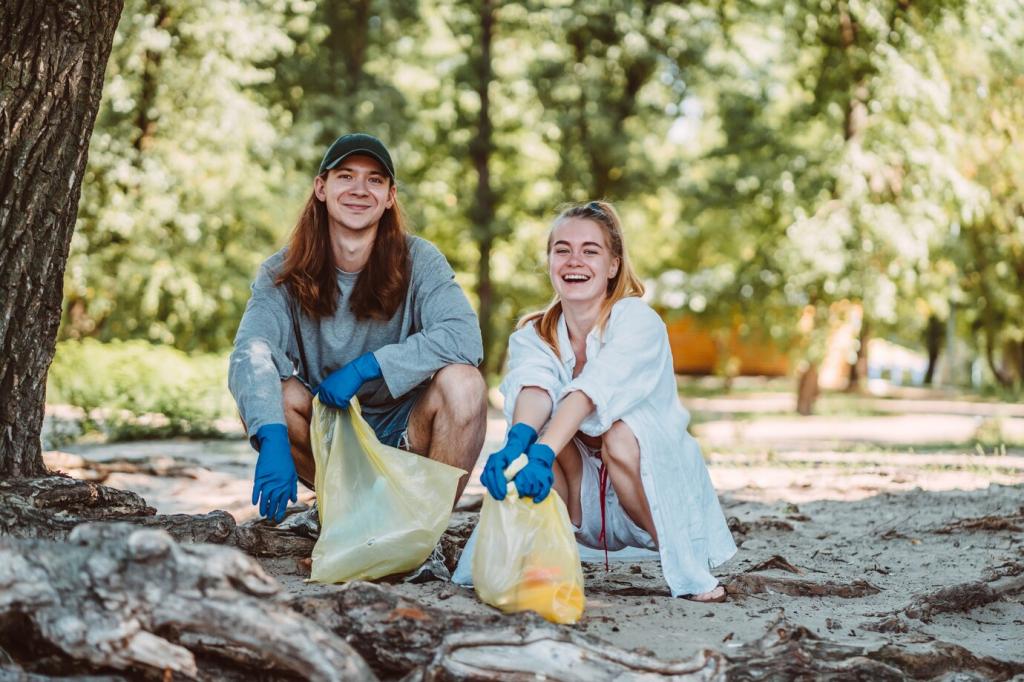Inside the Bottle: Gentle Chemistry That Works
Alkyl polyglucosides, derived from sugars and plant oils, lift grime while rinsing clean and breaking down readily. Mild boosters like citrates help with water spots. These choices balance effectiveness with environmental responsibility. Curious about labels? Comment with a product you’re considering, and we’ll decode the ingredient list.
Inside the Bottle: Gentle Chemistry That Works
Bio-ethanol can dissolve greasy handprints on armrests, while citrus solvents cut sticky residues. However, fragrance allergens and strong essential oils can aggravate sensitivities or dull finishes. Always spot test in hidden corners, and share your results so others can learn from your exact furniture and climate.



